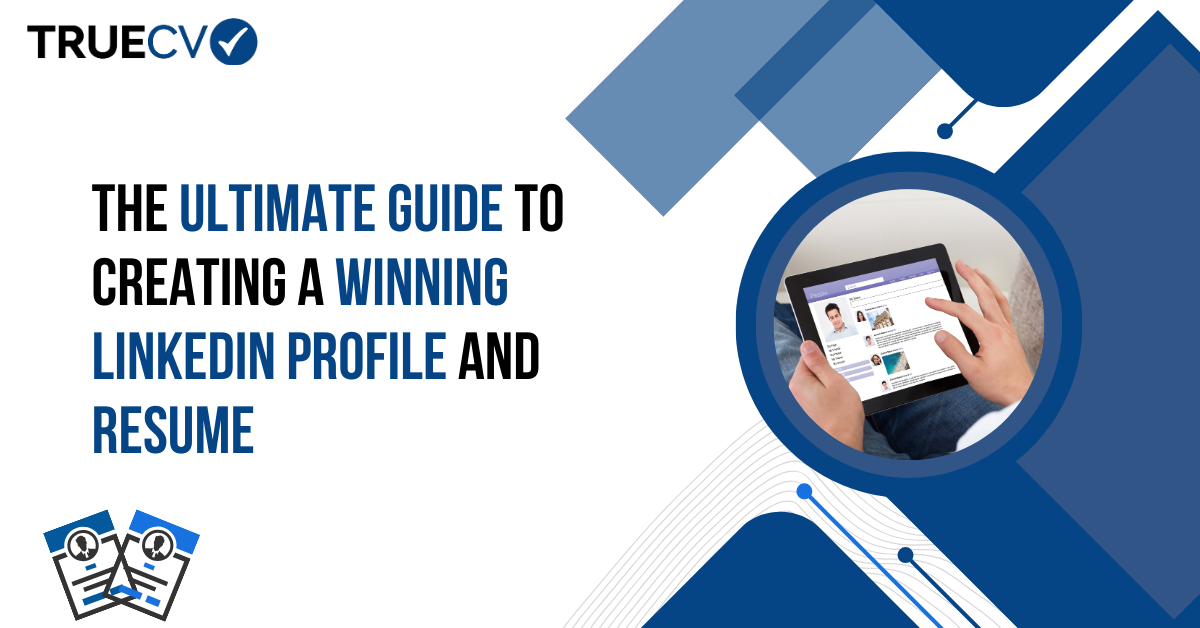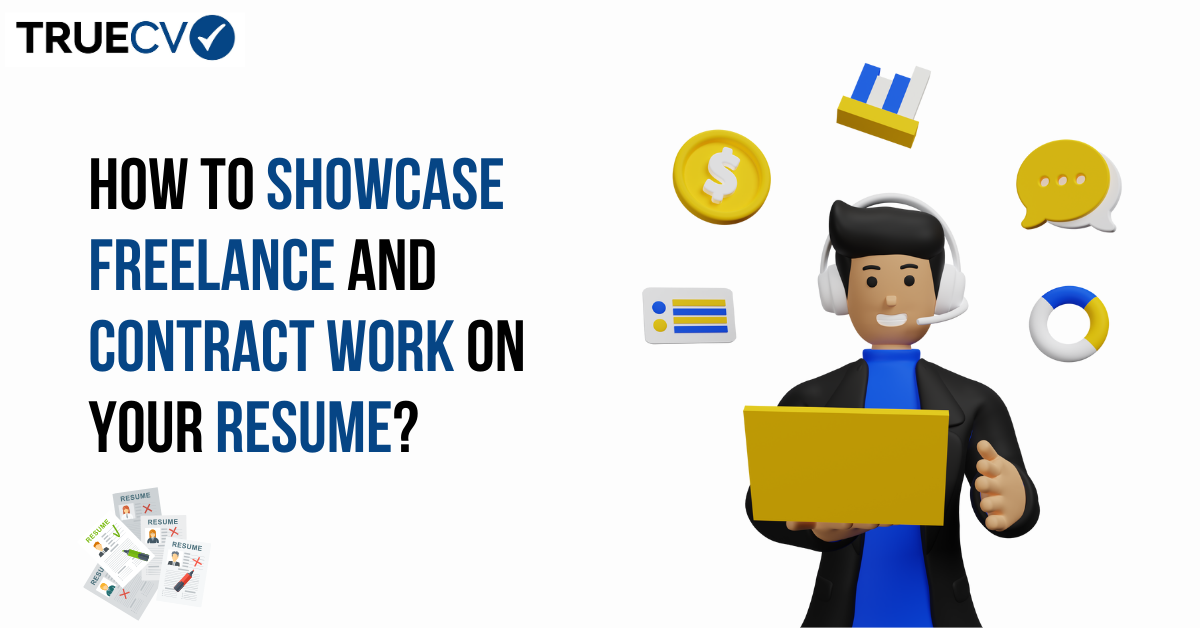
Master the Art of Storytelling: Unleashing the Interview Superpower and Crafting an Irresistible Resume
In the realm of job interviews, there's a secret weapon that can make you stand out from the competition: storytelling. Beyond your qualifications and experience, the ability to weave compelling narratives can captivate interviewers, leave a lasting impression, and skyrocket your chances of success. But what if I told you that storytelling can extend beyond the interview room? In this blog post, get ready to unlock the power of storytelling as we delve into the art of crafting irresistible tales for both interviews and resumes. Get ready to become an interview superhero and create a resume that dazzles!
1. Tap into the Magic of Storytelling:
Storytelling isn't limited to interviews alone; it can also work wonders in your resume. Start by understanding the story you want to tell about your professional journey. Identify key themes, accomplishments, and experiences that align with your career goals and the job you're applying for. Use your resume as a canvas to narrate a compelling story that grabs the attention of potential employers.
2. Craft a Captivating Professional Summary:
Just like an attention-grabbing opening in a story, your resume's professional summary should entice recruiters to keep reading. Summarize your skills, experiences, and unique value proposition in a concise and engaging manner. Highlight your most relevant achievements and demonstrate your fit for the desired role. Make recruiters eager to discover more about your story.
3. Show, Don't Just Tell:
A powerful story relies on showing rather than telling, and the same applies to your resume. Instead of simply listing your job responsibilities, focus on showcasing your accomplishments and the impact you made in each role. Use quantifiable results and specific examples to paint a vivid picture of your contributions. Show potential employers how you brought value and made a difference.
4. Customize Your Narrative:
Just as you tailor your interview storytelling to the specific job and company, customize your resume narrative accordingly. Research the organization, job description, and industry to understand their needs and values. Then, align your experiences and achievements with those requirements. Tailoring your resume narrative demonstrates your genuine interest and increases your chances of landing an interview.
5. Emphasize Transferable Skills:
Storytelling in your resume allows you to highlight not only your technical skills but also your transferable skills. Identify the skills that are valuable across different roles and industries, such as leadership, communication, problem-solving, and adaptability. Weave these skills into your narrative, providing concrete examples of how you applied them to achieve success.
6. Create a Visual Story with Formatting:
The visual presentation of your resume plays a significant role in storytelling. Use clear and organized formatting to guide the reader through your story. Utilize headings, bullet points, and bold text to highlight key information. Incorporate whitespace to enhance readability and create a visually appealing document. A well-designed resume tells a story that is easy to navigate and digest.
7. Craft a Compelling Career Progression:
Your resume should showcase a logical and compelling career progression. Connect the dots between your experiences, highlighting the growth, skills gained, and increased responsibilities over time. Demonstrate how each role has prepared you for the next, building a narrative of continuous improvement and professional development.
8. Edit and Refine:
Just as a skilled writer revises their story, take the time to edit and refine your resume. Eliminate unnecessary details, streamline your language, and ensure a clear and concise narrative. Use action verbs to add power and impact to your bullet points. Proofread meticulously to catch any errors or inconsistencies. A polished resume tells a story of professionalism and attention to detail.
Conclusion:
By mastering the art of storytelling, you transform yourself into an interview superhero and create an irresistible resume. Use storytelling techniques to captivate potential employers, highlight your achievements, and demonstrate your fit for the desired role. Remember to tailor your narrative, emphasize transferable skills, and create a visually appealing document. With storytelling as your superpower, both your interviews and resumes will leave a lasting impression, propelling you towards career success.





